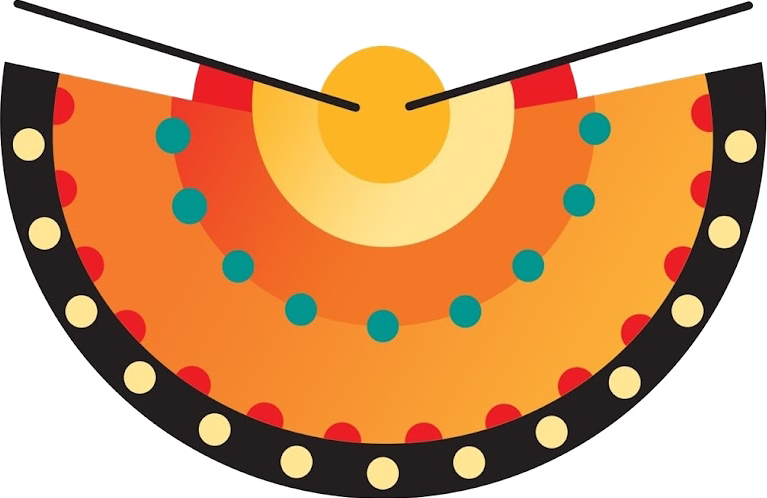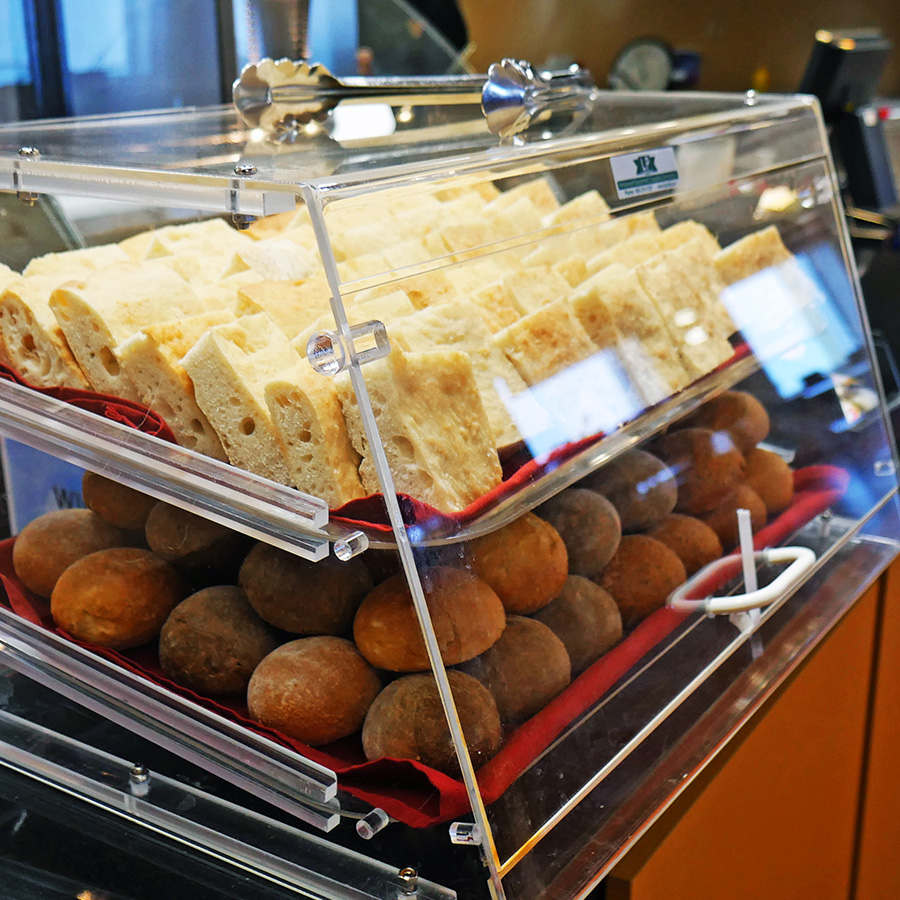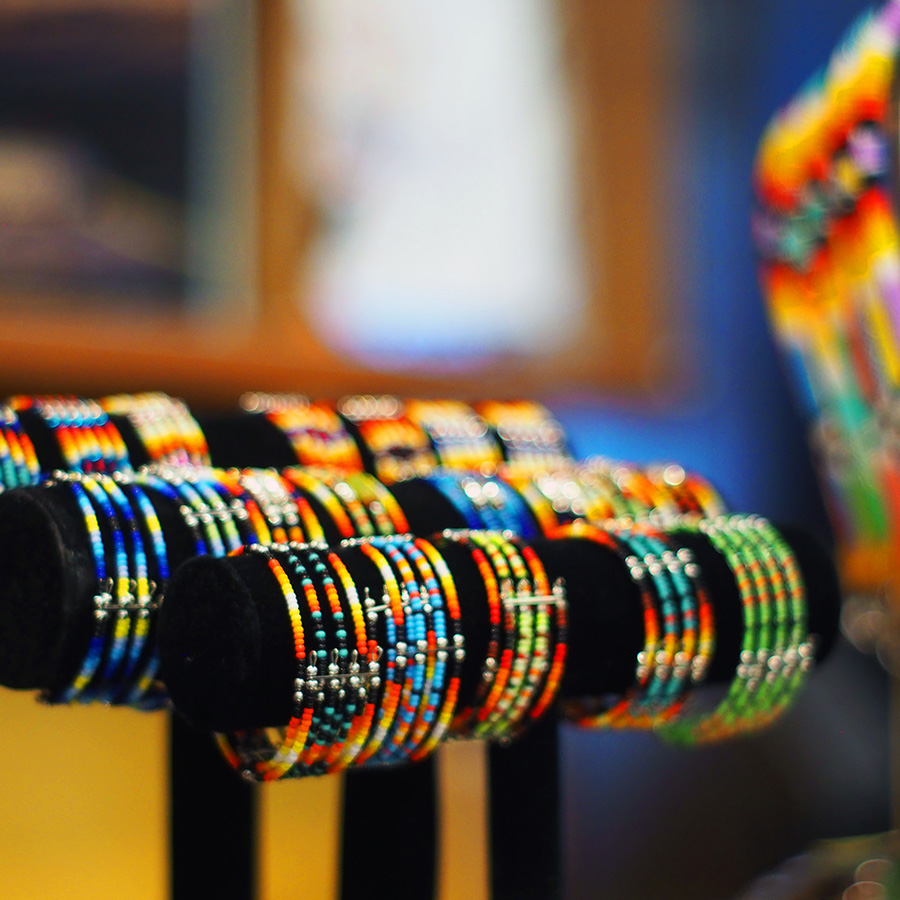Blackfoot Crossing Historical Park
A Canadian Heritage Site
Blackfoot Crossing, the Historic Site of the signing of Treaty No.7, is of National and International historical and archaeological
significance. It is a designated national Heritage Site and a recommended World Heritage Site.
Blackfoot Crossing Historical Park is an icon of the resilience and regeneration of the Blackfoot People’s language and way of life. It is a teacher, a guide, a visionary and a brother. It builds relationships with its community and the other Blackfoot Nations. It honours Elders and Knowledge Keepers, and it connects the community, especially youth, to the past, present and future of the Blackfoot. To others, Blackfoot Crossing is inspiring and educational. Everyone who visits leaves a changed and better person. Our intention is to be a vibrant and experiential museum worthy of the Blackfoot Peoples.
The Siksika people are proud to present Blackfoot Crossing Historical Park to the world.
Our Mandate
To preserve, share, teach and champion the Siksikawa language and way of life.
Our Mission
Creating authentic Siksikaitsitapi cultural learning opportunities and experiences for all.
Our Values
Respect for each other, Wisdom from our Elders and our teachings, Courage from our beliefs and history and Hope for our youth.

Building Architecture
The entire building design should be viewed as a reinterpretation of a vast range of Blackfoot culture, its sacred icons, and the everyday life of the Siksika people. With every design decision, whether on a site planning level, the building, or with an interior design detail, the building is intended to be a literal metaphor of traditional Blackfoot iconography. Designed by Architect Ron Goodfellow, learn about design concepts below.
Interior Details
Prairie colours
horse blanket carpet design in the conference room, pink and pale greens relate to the prairie rose and pale summer grasses, browns in the gift shop relate to colours of the native soil.
Floor patterns
in the cafeteria are based on Blackfoot legging designs; tile patterns on the Sundance gallery floor are an interpretation of the Sun’s life-giving force.
Wood panelling
at the main entry and Sundance gallery is patterned on sedimentary layers as seen along the river banks.
Public Washrooms
use ochre tile along with off white tiles and grays on the floor as well as large circular mirrors which are a reference to the teepee and the circle of life on the mirrors.
Drive Lane Entry
has a series of large buffalo rocks and stone piles. The stone piles were nicknamed “the women”, because the women of the tribe often hid behind them, ready to jump out and wave their robes in order to stampede herds of buffalo over the buffalo jump.
The Seven Sacred Society Teepee’s
are situated on the roof and create an inspiring symbol of an ancient encampment; this view is even more spectacular at night when the teepee’s and Sundance Lodge are lit up, glowing like lanterns created by ancient cooking fires.
Sundance Arbor Poles
represent the cottonwood poles used to create the original Sundance structures. These huge metal poles were custom fabricated here in Alberta. The technology to manufacture these poles was not available until recently and represents a significant element in the authenticity of the structure (it didn’t seem right to use tubular poles). The latest in computer technology was used in the erection process to set up the pipes. The steel structure went up rapidly and flawlessly.
Bow String Trusses
are set in a semi-circle on concrete columns with high tech concrete piles that were pounded twenty meters into the hillside. In return, they provide lateral support for the west facing curtain wall glass that looks out into the valley.
Travois Poles
are interlaced in a semi-circle to create the Motokiks, or Buffalo Women’s Society Lodges.
Amphitheater Outside
is done in a sunburst design similar to the upper main floor Sundance gallery. Dance demonstrations will be shown here.
Light Poles around Amphitheater
are shaped like coup sticks once used by warriors who rode into battle without weapons to demonstrate their bravery.











